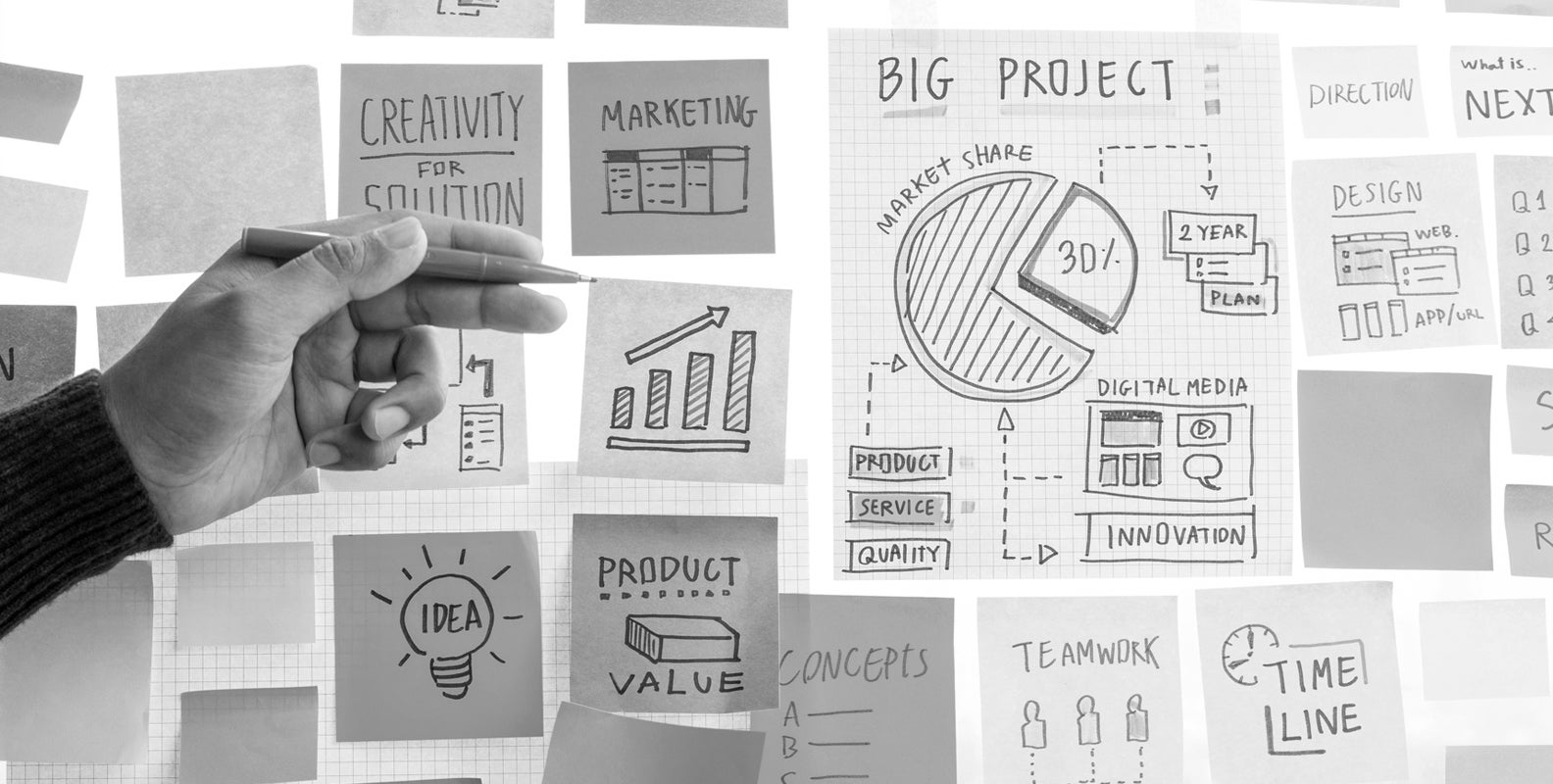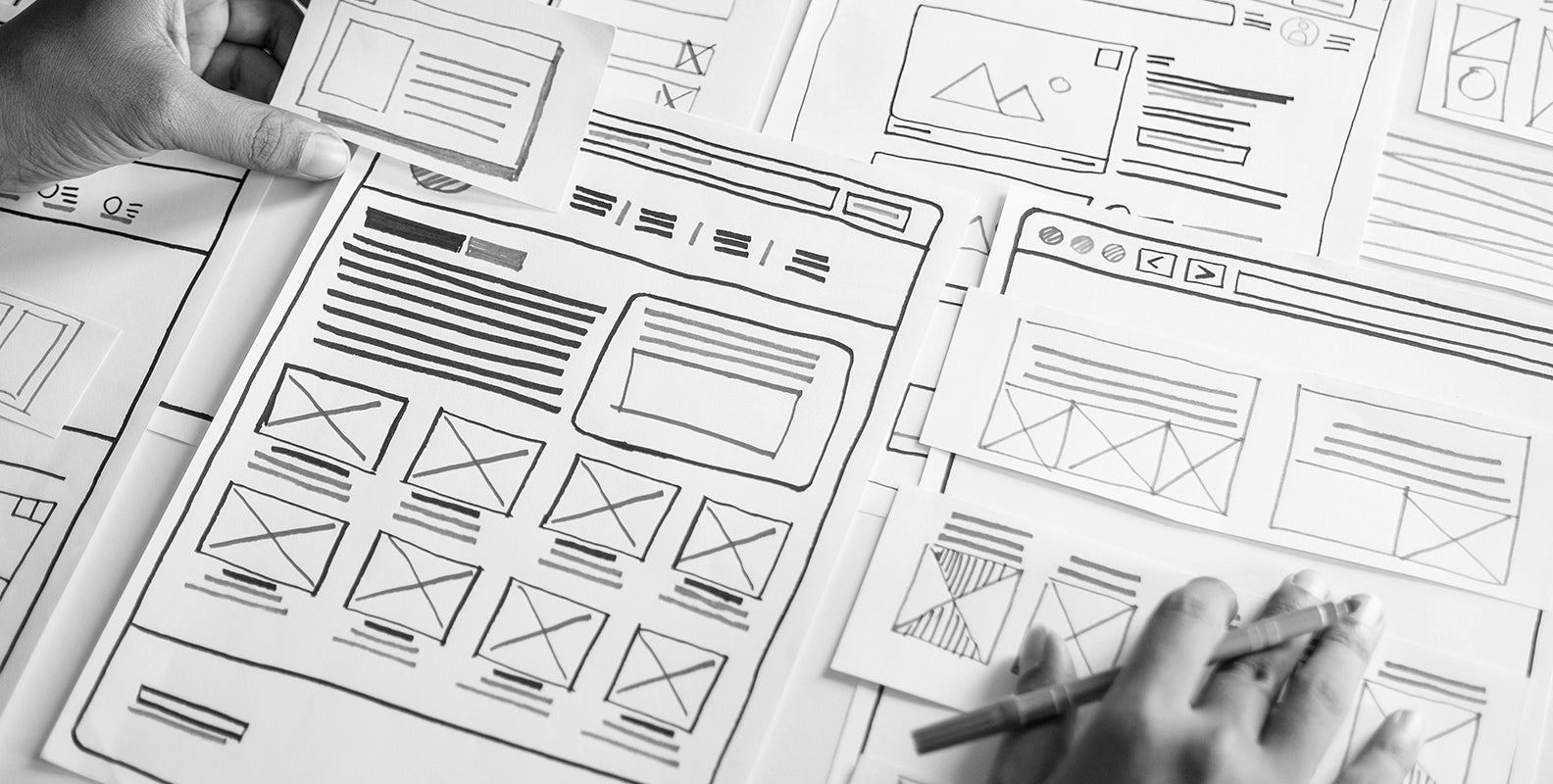Do you Know the Essential Steps to Design a Website?

We spend a large part of our days browsing through them, clicking on links and buttons without thinking too much about it because most of the time websites are well built, giving the impression that this creative process is simple. It doesn't help that some companies boast about their website creation tools, implying that they can be built in 3 clicks! A great website offers a pleasant, intuitive and hassle-free user experience. Whether you want to create a new site or a redesign, it is essential to take the time to complete the major steps in designing a website.
The creation of a website takes place in 3 phases: project scope, site design and creation and maintenance. Each phase includes several fundamental steps.
PHASE 1: Project scope

The first phase in the creation of a website is often overlooked, it is the very foundation that will ensure a coherent site. It is crucial to allow the necessary time to define the target and objectives, as well as to establish a project plan with a clear timeline and a realistic budget.
Define the target and objectives of the website
Whether for a client or for your own business, you must clearly establish the objectives of the website, define the target audience as well as the technical and statistical needs. These elements will therefore determine the design, technology, content and tracking of your site.
Establish the project plan: schedule, resources and budget
Before moving on to the graphic design and programming stages of the website, you must first plan out your project with a detailed and comprehensive schedule that includes deadlines, budget and resources. As part of your plan, you will need to:
- take note of all tasks assigned to the dedicated resources so that teamwork runs smoothly
- record the expected timelines for each sequence or task to ensure that the deadlines are met
- establish a realistic budget according to your project plan, which will have a major influence on your choices and the setting of priorities.
PHASE 2: Site design and creation

The design phase is at the heart of creating a site, which explains the many steps to follow included in this phase:
- Determine the sitemap: you must first determine how the user will navigate the site. The sitemap will help choose the type of content and get a visual idea of the site.
- Functional mockups (wireframes): these mockups detail each page of your site, the navigation, as well as the content.
- Content plan and SEO: the content will be influenced by the mockups, your target audience, brand voice, services, as well as SEO.
- Design and visual mockups: the use of mockups and a content plan assist designers and UX experts to create the site's interfaces while ensuring the integration of the company's brand image.
- Programming & analytics: at this stage, the technological programming solution must be selected, as well as making sure to add the analytical parameters to collect statistics in the future.
- QA: use a test link for the quality assurance phase. Make sure that everything works as it does on the mockup, both on desktop and mobile, and fix any issues you may encounter.
PHASE 3: Monitoring and maintenance

Online and maintenance
Is your new website online? Congratulations! However, the work isn't done just yet. The digital world is constantly changing; therefore, it is crucial to stay current if you don't want to become incoherent and insignificant in the eyes of the users. Without regular updates and an ongoing optimization strategy, your site risks falling behind your competitors.
There are many ways to maintain the quality, consistency, relevance and effectiveness of your site. Here are a few:
- Stay connected to your customers by sending newsletters or social network posts
- Analyze various data in order to improve your weaker points
- Perform A/B tests
- Keep your site up to date
Your site is online, but people still need to know it! It is essential to have a marketing plan to promote your website, whether through social networks, an event, advertising, banners, buying keyword, and more.
In short, creating or redesigning a website is not a task to be taken lightly by a company that wants a high-performant and attractive site. These three phases and their stages are supported by multiple resources who may not all work within the same company. In order to ensure consistency throughout the entire process, entrust the creation of a website to an agency that has all these resources within their team.


